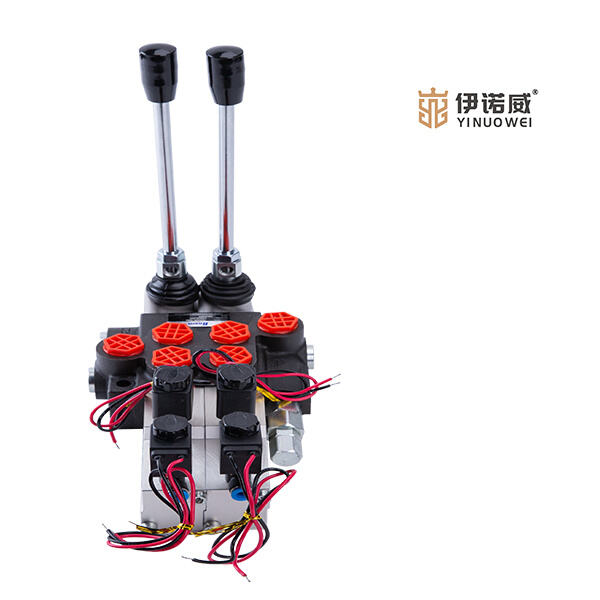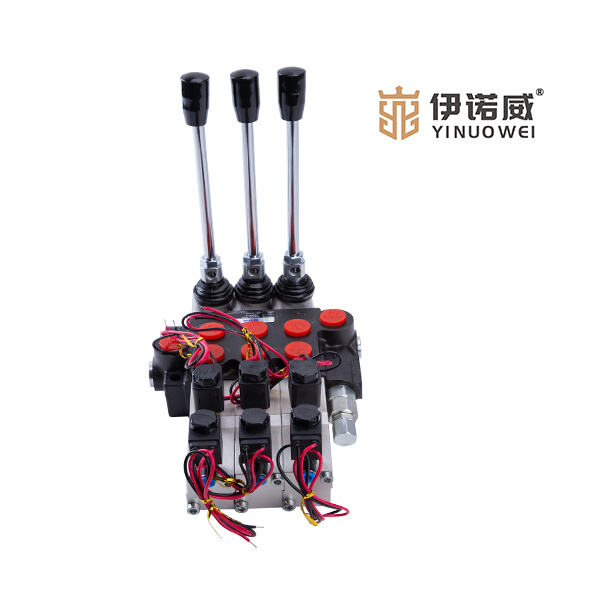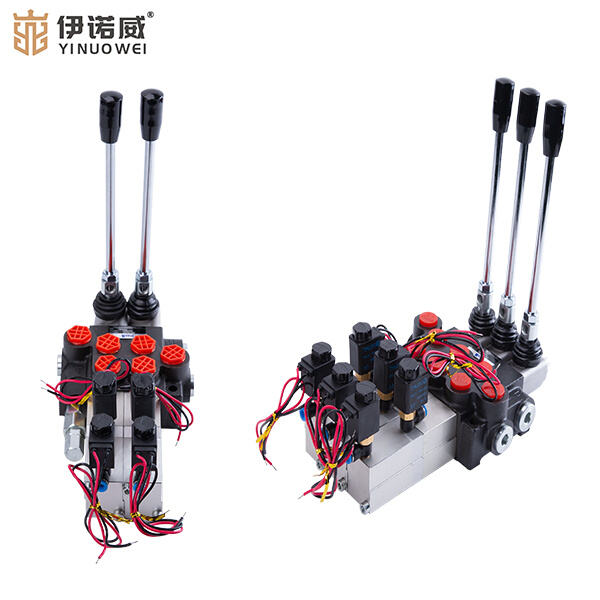Tá bealaí riailte agus comhponaintí eile ar fad i bhfeidhm i scagaire teicneolaíochta cumarsáide. Cruthaigh iad mar lochtóirí. Rinneann siad an rith sceimhleachta a chomhordú i scagaire a díríonn ar phobal hidrachlaí nó pneamachlaí. Ar fud seo, tá an béil riailte comhairleachta tráchtaíos ina ndéantar feabhsuithe ar chonai an scagadh ag dul isteach sa mhinicín chun é a chur i bhfeidhm go ceart. Gan na n-éil, bheadh sé go deacair an rith an scagaid a chomhordú, agus ní bhféadfadh na himreoirí a chur i bhfeidhm go ceart.
JinJia Béal Riailte Tráchtaí: Réamhfhiosrú Tá cúpla cineál de na bhealaí riailte JinJia ar fáil i láthair an tsuímh faoi láthair. Oibríonn gach cineál go héifeachtach agus bíonn siad ag obair ar chúrsaí éagsúla. Léigfear linn roinnt de na cineálacha coitianta a thabharfar arís:
Ní gá a rá, is é an cineál is coitianta a gheobhaidh tú ná comhlaí spool JinJia. Úsáideann siad eilimint sleamhnán ar a dtugtar spool taobh istigh den bhalbán a ghluaiseann ar aghaidh agus ar ais. Tógtar an sreabhán áit a bhfuil sé ceaptha a bhogadh ag an ghluaiseacht seo. (D'fhéadfadh dhá, trí nó ceithre shuíomh a bheith ag comhlaí spoil agus rialaíonn siad dhá threo nó níos mó nó rialaíonn siad le níos mó ná oscailt amháin gach ceann.) Is féidir comhlaí spoil a úsáid i gcórais hiodrálacha, a úsáideann sreabhán, nó i gcórais néarmatúla, a úsáideann gáis mar aer.
Tá comhlaí poppet JinJia difriúil ó bhfiaclaí spool. In ionad spool sleamhnán, tá comhpháirt speisialaithe acu ar a dtugtar peannóg a bhfuil an fhoirceannadh á luí air. Osclaíonn agus dúnann an t-amhrán seo chun stop a chur leis agus ligean don sreabhadh sreabhán. Vailfeanna poppet - a úsáidtear go minic nuair a bhíonn sreabhadh íseal agus brú ard. Tá cruinneas an-mhaith acu chun an sreabhadh a rialú, mar sin tá siad an-mhaith sna hiarratais sonracha.

Gluaiseann spionnach JinJia íde i gcinneadh ciorcal. Is úsáideacha na spionnacha seo i bhfeidhmiúcháin a mbeadh ag teastáil uirthi sruth fíon de chineál comhthrom agus comhsheasamh. Tá spionnacha ar fad oiriúnach do chomhriachtan sruthanna fíon le cúram airde is déanaí, atá i bhfíonna a rith go héasca. Tá siad curtha i gcás i ngach córas ar ndóigh féadfadh an fíon bheith ag bogadh go leanúnach.

Nótaí: Is é an dteideal dara is tábhachtaí a bheith ag smaoineamh air ná méid an spionna. Má théann an spionn chun cinn níos lú ná mar atá sé riachtanach don feidhm, tabharfaidh sé puinn árda don cosán rith don fíon, agus d’fhéadfadh cinntí a thabhairt faoi. Má tá an spionn ró-mhéid, d’fhéadfadh sé fuinneamh a scuabadh agus costais a mhéadú freisin. Íoslódáil an méid ceart cabhróidh leis an chóras a chruthú gan fuinneamh breise a scuabadh.

Cuir i gcosaint cé chompord atá agat agus cá bhfuil an fhiú a rith. Beidh sé seo againn chun cinntiú go mbeidh an spionn in ann cabhrú le do chórais a chur i gcás timpeallaithe. Gan earráidí rith a fháil beidh sé sin againn chun cinntiú go mbeidh an mála ag obair go soiléir agus am caite ar chúrsaí thógála.